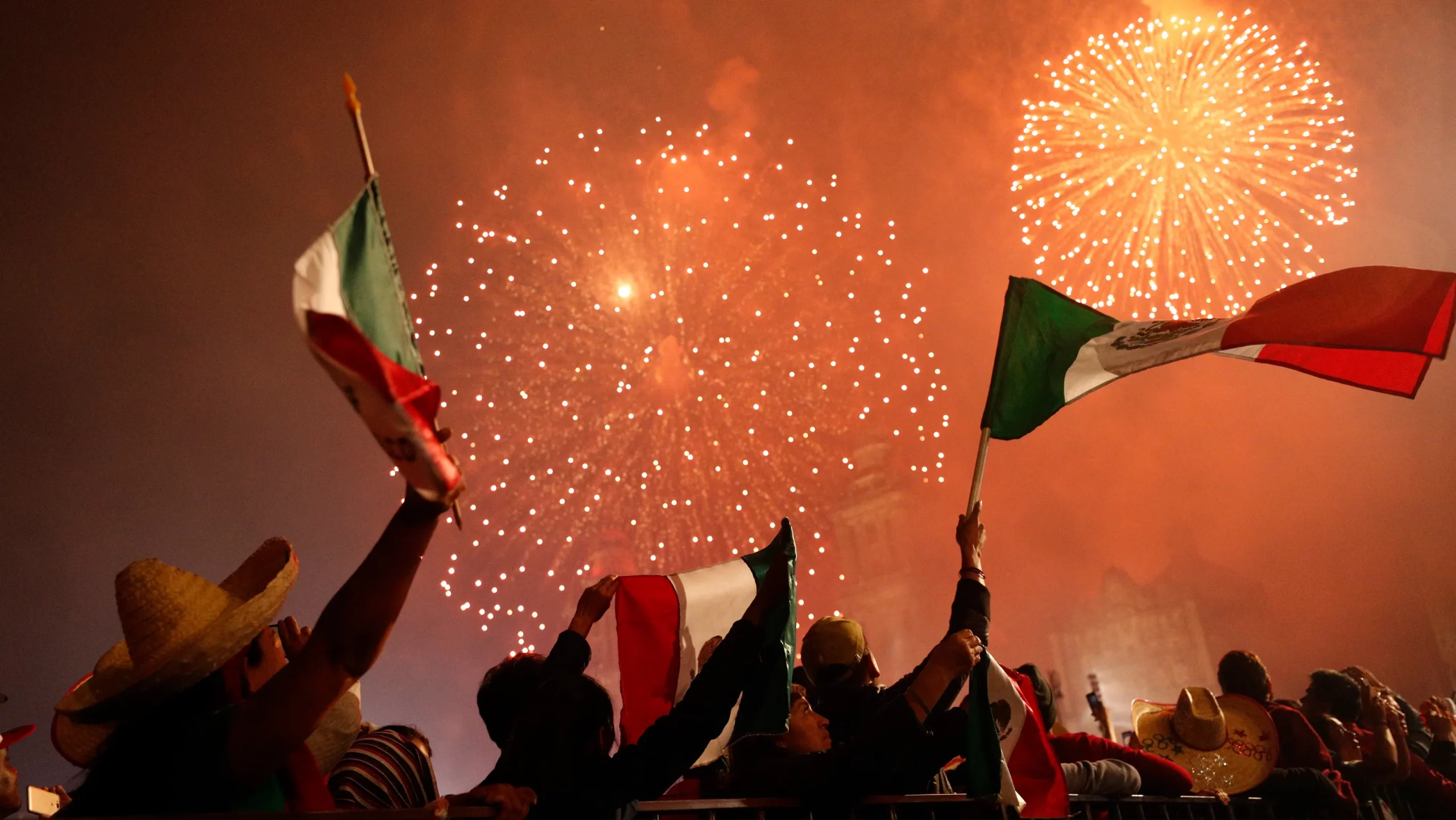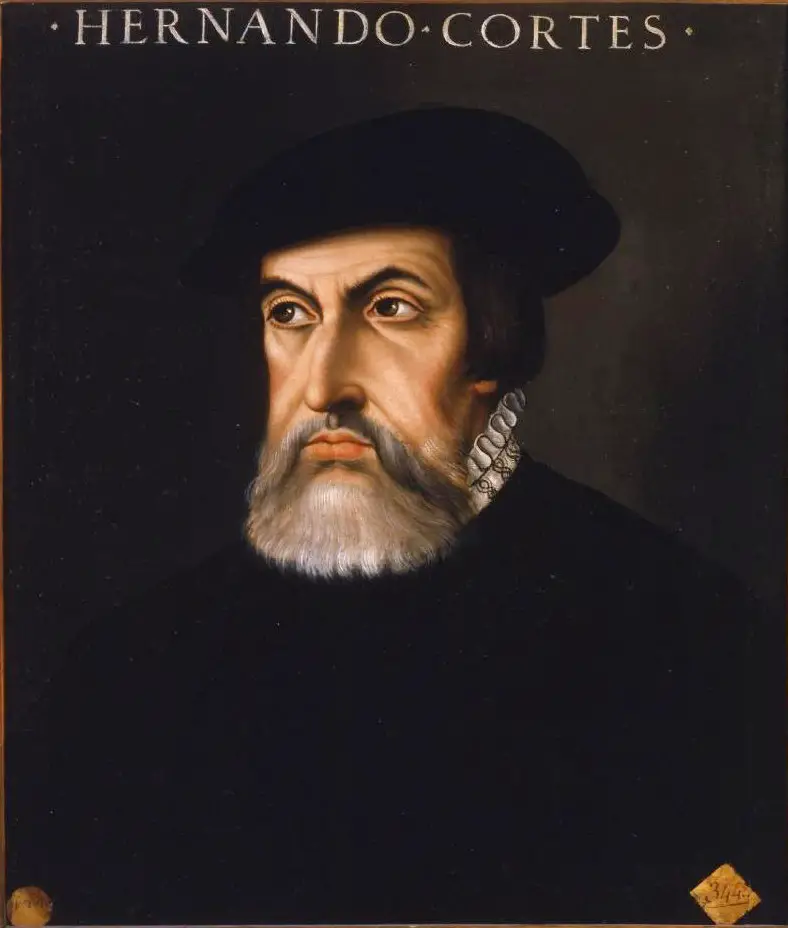MUST SEE: MONASTERY OF THE HIERONYMITES AND TOWER OF BELEM LISBON, PORTUGAL
MUST SEE:  Monastery of the Hieronymites and Tower of Belém
Monastery of the Hieronymites and Tower of Belém
Lisbon, Portugal 


The Monastery of the Hieronymites and the nearby Tower of Belém are UNESCO world heritage sites that represent the story of the Portuguese Age of Discovery. Standing along the Tagus River at the entrance to Lisbon harbor, the Monastery of the Hieronymites and the Tower of Belém . To some the estuary the town of Belem sits on is a perfect metaphor for what the historical landmarks at Belém emphasize – Portuguese influence going out across the ocean and the consequences of all that came back across the sea.
THE MONASTERY OF HIERONYMITES or JERONIMOS
Construction of the Monastery of Hieronymites began in 1501 and culminated 100 years later in 1601. Today the structure exemplifies Portuguese Gothic Manueline style art at its best. The Monastery with built near the launch point of Portuguese explorer Vasco da Gama's first voyage and its construction was funded by a tax on the profits of the yearly Portuguese Indai Armadas. There was in fact a church in this spot falling into disrepair where it is said that Vasca da Gama and his men stopped to pray before their historic departure to the New World after which he proclaimed the discovery of the sea route to Asia. In 1880, da Gama's remains and those of the poet Luis de Camoes (who celebrated da Gama's first voyage in his 1572 epic poem, The Lusiad), were moved to new carved tombs in the nave of the monastery's church, only a few meters away from the tombs of the kings Manuel I and John III, whom da Gama had served. The monastery was originally a monastery for the Order of Saint Jerome and was built in such proximity to the Tagus river so that sailors could stop in to pray for protection before setting out to sea. It became the necropolis of the Portuguese royal dynasty of Aviz in the 16th century and was abandoned in 1833. In 1983, the Jerónimos Monastery was classified as a UNESCO World Heritage Site, along with the nearby Tower of Belém .


THE TOWER OF Belém
The nearby Tower of Belém was built between 1514-1520 while the Monastery of Jerome was also under construction with the same stones. The Tower was built during the reign of King Manuel I as a fortification defending the entry to Lisbon. Indeed a heavily armed 1,000 ton ship, the Grande Nau, guarded the estuary at the mouth of the Tagus until the fort’s completion. There are 16 or 17 openings for cannons and ditches around it that were used as dungeons. The Tower was not a spartan fortification however; the Tower of Belém was also built elaborately as a symbol and a celebration of Portuguese power and triumph in the New World commemorating Vasco da Gama's famous expedition to Asia in the late 1490's. By the early to mid 1800's the tower’s function changed into a lighthouse and customs house to collect tolls on mariners entering and exiting port. The Tower is a reminder of the great maritime discoveries that laid the foundations of the modern world. The Tower of Belém is considered one of the best examples of the architecture of its time, known as the Manueline style, but it also includes distinctive Moorish features such as ornately decorated turrets. The Tower was adorned with intricate carvings much like the nearby monastery. All the symbols had a bearing on passersby: some stand too welcome visitors, grant safe passage to explorers, others to protect the shores and people of Portugal while threatening and scaring off invaders.



CENTRAL AMERICA CELEBRATES INDEPENDENCE FROM SPANISH RULE
MEXICO, GUATEMALA, NICARAGUA, HONDURAS, EL SALVADOR, AND COSTA RICA CELEBRATE INDEPENDENCE FROM SPANISH RULE
SEPTEMBER 15TH, 1821

September 15, 1821 honors Mexican Independence and the signing of the Act of Independence of Central America, also known as the Act of Independence of Guatemala in which all these nations declared their independence from the Spanish Empire. (Panama gained their independence separately later in 1821.) This landmark day is celebrated as Independence Day in all of these countries today. Festivities Include flags flying, parades, fireworks, and traditional food, music, and dancing.


Hernan Cortez, arguably had the most dramatic impact of all the Spanish explorers especially in Mexico and Central America. Born to an impoverished noble family, he sought a life of adventure and riches in the New World. He trained as a notary before sailing to Hispaniola (modern day Haiti and Dominican Republic) as a colonist in 1504. After becoming the colony’s notary, he played a key role in the conquest of Cuba in 1511. In 1518 he was elected captain of the third expedition to what is now Mexico. He had some bad relations with the governor of Cuba who upon Cortes' departure attempted to recall the expedition. Cortes ignored this and embarked on the voyage with 500 men, weapons, and horses to conquer Mexico. Upon arrival, he befriended some natives, made enemy's of others, and sired his first born with a native woman named Dona Maria who also served him as an interpreter.


And so it was that in 1519, Spanish conquistador and expedition leader, Hernan Cortés, made landfall with men and horses on the shores of what is now Tabasco, Mexico. He and his forces saw to the demise of the Aztec Empire, made their way inland to Mexico City, and seized power. While the indigenous people resisted mightily, the Spanish were relentless. The diseases and weaponry they brought overtook indigenous populations from Mexico south. Cortés thereby brought a large portion of what is now Mexico, and soon the rest of what is now Central America, under the rule of King Castile. Thus began the first phase of Spanish colonization of the Americas. Cortes' second in command, Pedro de Alvarado was commissioned to settle lands further to the south. One by one, Alvarado colonized the areas that are now known as Guatemala (in 1523), Nicaragua & Costa Rica (in 1524), El Salvador (in 1528), and Honduras (in 1528). These countries, including what is now the state of Chiapas (in 1609) became known as the Captaincy General of Guatemala for which Spain's King Philip III held dominion.

After just over 300 years of Spanish rule, in the early 19th century global changes began to unsettle Spanish power making way for leaders in what is now Central America to declare their independence from Spain. In Europe, Spain was engaged in the Napoleanic wars with took their attention away from their colonies across the Atlantic. Further, with inspiration from Enlightenment thinkers, Mexico's fight for independence from Spain, and the American colonies' independence from England, and the French Revolution, José Cecilio del Valle, a Honduran lawyer, wrote The Act of Independence document bringing together a delegation of leaders from what is now Guatemala, Nicaragua, Costa Rica, El Salvador, and Honduras. They gathered in Guatemala city to create and sign the Act of Independence of Guatemala and to achieve sovereignty from Spain.

Soon after this declaration of independence these countries were briefly annexed by the newly independent Mexico. In 1823 delegates gathered again to form a federal republic- the United Provinces of Central America. The delegates drew up a constitution that provided leadership and regional autonomy. Overtime, conflicts arose between the separate nations; the United Provinces of Central America eventually fell apart and the leaders of each distinct nation once more declared their independence.
National celebrations today have grown and can begin before September 15th and go through the month celebrating national pride, independence, culture and heritage.

To read more on this subject this article covers quite a lot: https://shunoutdoor.com/article/why-does-central-america-celebrate-independence-day
This article is for the visual learners among us: https://studylib.net/doc/10144677/independence-movement-latin-america


